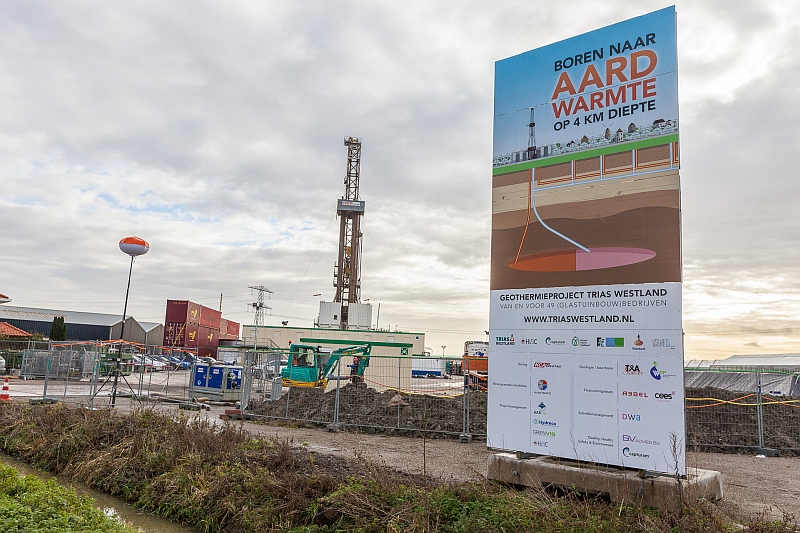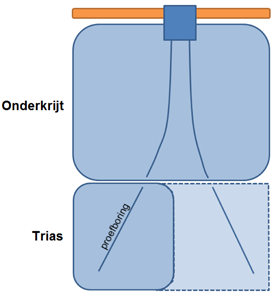 The Trias Westland geothermal project is a partnership between Flora Holland, HVC, Westland Infra and the Municipality of Westland. It is the first geothermal project in the Netherlands that will drill as deep as the Trias layer, situated at a depth of 4 kilometers. For the project T&A Survey as designed a unique combined geotermal system. In 2017 the first test drilling will take place. If the results of the test drilling are positive, the Trias Westland geothermal doublet will be completed with a second drilling, which will make the actual heat extraction possible.
The Trias Westland geothermal project is a partnership between Flora Holland, HVC, Westland Infra and the Municipality of Westland. It is the first geothermal project in the Netherlands that will drill as deep as the Trias layer, situated at a depth of 4 kilometers. For the project T&A Survey as designed a unique combined geotermal system. In 2017 the first test drilling will take place. If the results of the test drilling are positive, the Trias Westland geothermal doublet will be completed with a second drilling, which will make the actual heat extraction possible. An innovative drilling concept
An innovative drilling concept